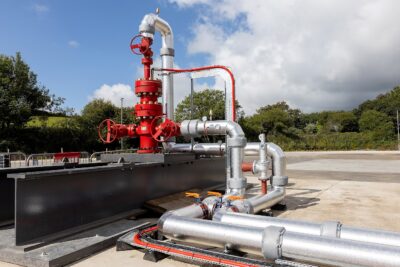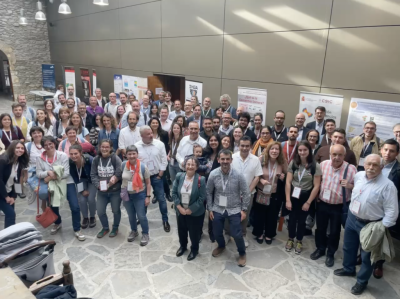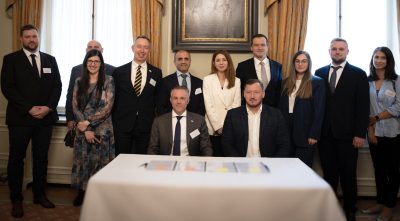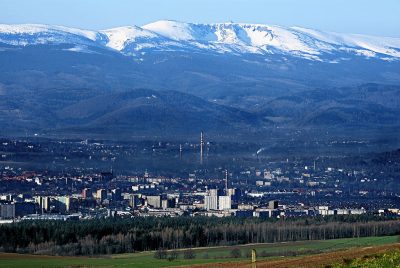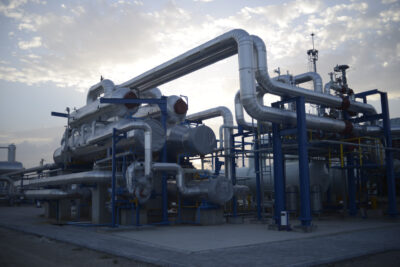DemoCELL project validates geothermal potential in Lower Saxony, Germany
Tests are still ongoing, but early results indicate good reservoir conditions for geothermal use at the DemoCELL site in Ahnsbeck, Lower Saxony, Germany.
A geothermal research drilling projects near Ahnsbeck in the Celle district of Lower Saxony, Germany has achieved promising results, indicating very good geothermal potential at this location. This is considered the first successful geothermal drilling in Lower Saxony.
The DemoCELL project, a collaboration between the Georg-August University of Göttingen and Baker Hughes, aims to investigate whether geothermal resources in the study site can be extracted to supply the surrounding area. The study site is part of a geothermal exploration license area awarded to Baker Hughes back in 2023. The project is part of the exploration strategy of Germany’s Federal Ministry for Economic Affairs and Energy (BMWK) to investigate areas with good potential for future geothermal projects.
The borehole has been successful in accessing the geothermal reservoir hosted by the Rhät sandstone at a depth of 2400 to 2500 meters. Production tests are still ongoing, but early results have been described as promising. Dr Oliver Höhn, who oversees the project as part of Baker Hughes, states that over 1000 cubic meters of thermal water have been extracted and that the temperature of the water at the wellhead was at 100 °C.
During the test, the researchers measured the pressure and temperature in the reservoir and on the submersible centrifugal pump used. This data will be analyzed to determine the reservoir parameters such as temperature, permeability, and production index or injectivity index. This information will allow the team to evaluate the quantities at which geothermal energy can be extracted from the subsurface.
Drill cores from 2500 meters depth
Part of the project is the extraction of drill cores from the Rhät sandstone. Using Baker Hughes’ BETA test drilling rig, the team successfully brought a 100-meter-long core to the surface without any losses. This allows for a detailed investigation of the sandstone to determine characteristics such as permeability and storage capacity.

“We have obtained cores of a very high quality,” said Dr Matthias Franz, a member of the Department of Structural Geology and Geothermics at the University of Göttingen. “The average permeability that we measured on the samples is around 832 millidarcy — which would indicate that the Rhaetian sandstone is highly suitable.”
Tests are still ongoing, but the researchers’ initial assessment is that the 44-meter thick sandstone layer is sufficiently permeable. The data from the tests will provide the basis for the potential utilization of the site. Further research is also planned in other sites in the Greater Celle area. At the end of the project, the research team aims to develop a concept for a demonstration project for medium-depth geothermal utilization.
Source: Georg-August University of Göttingen, Federal Ministry for Economic Affairs and Energy, and GeoExpro








